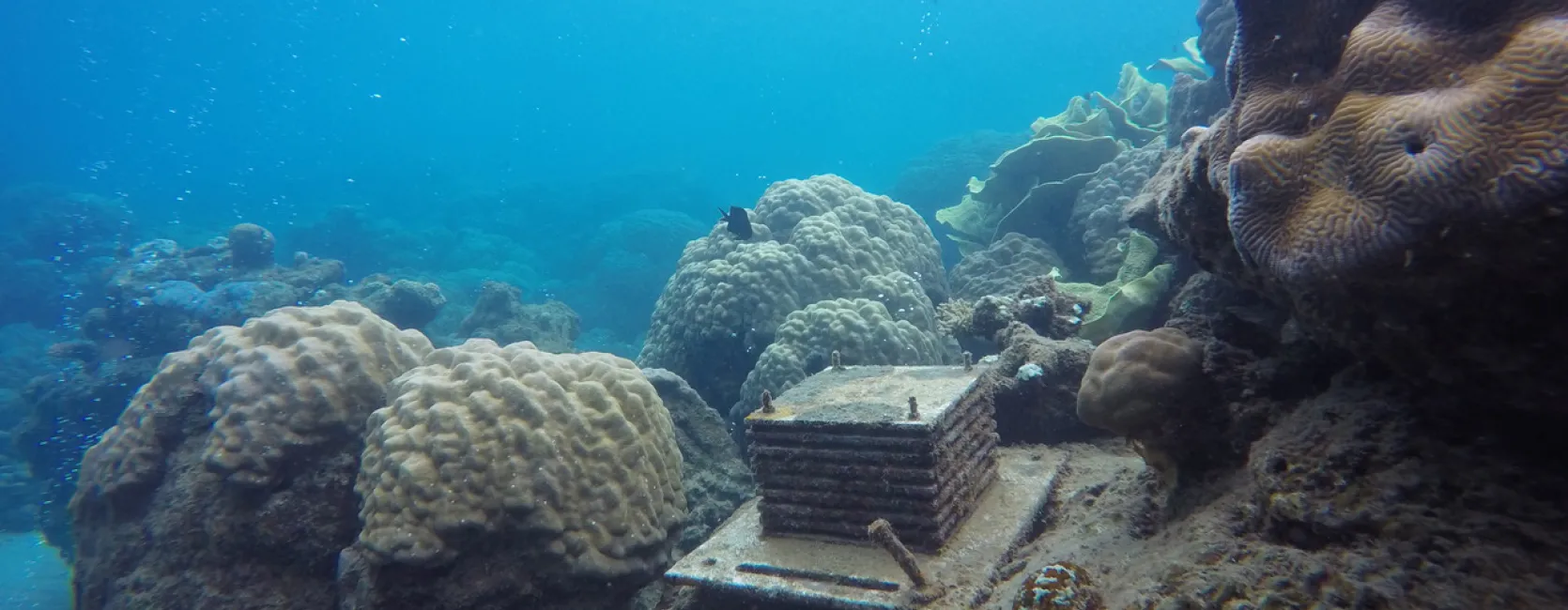Image


Counting species is hard, as most are poorly known. But new tools and approaches allow us to take a better picture of marine communities and compare species that live there over time and space.
Our program aims to standardize marine biodiversity assessment and monitoring to document our changing ocean. We use Autonomous Reef Monitoring Structures (ARMS) to take the pulse of an ecosystem. We marry simple tools to new technologies to census marine communities all around the globe.
The key innovation is a network of standard sites measuring marine life the same way. Using DNA-sequencing technology and comparative imaging, standardized, quantifiable biodiversity metrics can determine trends in ocean health and predict future ocean states.